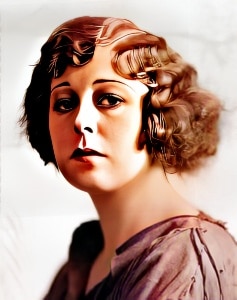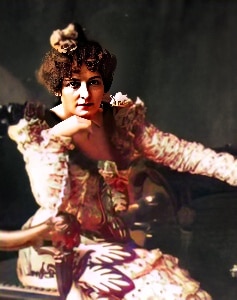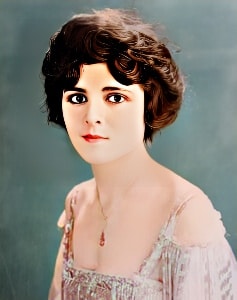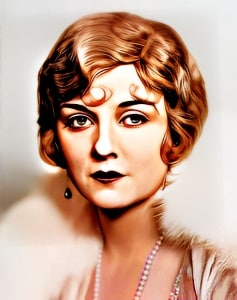 Seena Owen, born Signe Auen on November 14, 1894, emerged as a luminary of the silent film era, leaving an enduring legacy as an American actress and screenwriter.
Seena Owen, born Signe Auen on November 14, 1894, emerged as a luminary of the silent film era, leaving an enduring legacy as an American actress and screenwriter.
Her cinematic journey commenced with a pivotal role in “A Yankee from the West” (1915) at the tender age of 21, initially credited as Signe Auen. However, the allure of Hollywood prompted a name change, and she adopted Seena Owen, a phonetic rendering of her birth name.
In 1916, Owen found herself entwined with the legendary D.W. Griffith, performing in “ Intolerance.” This collaboration, though often misconstrued, added a layer of mystique to her burgeoning career. The same year witnessed her marriage to actor George Walsh, a union that endured until their divorce in 1924.
A stalwart of the silent era, Owen’s artistry shone in Maurice Tourneur’s “ Victory” (1919), where cinematographer René Guissart captured her with mesmerizing effect. The film, once deemed lost, reemerged in a 35mm print in Europe, offering a glimpse into Owen’s evocative performances.
The year 1920 saw her alongside Lon Chaney in “The Gift Supreme,” a film now lamentably diminished with all but one reel lost. Despite the setback, Owen’s collaboration with Chaney and her continued contributions marked this period as pivotal in her career.
The ill-fated “Queen Kelly” (1928) saw Owen share the screen with Gloria Swanson and Walter Byron, portraying the memorable role of a mad queen. The film faced challenges, including an incomplete production, but Owen’s impactful performance resonated, showcasing her versatility.
As the era of silent films yielded to the advent of sound, Owen encountered a hurdle with her delicate voice, prompting her retirement in 1933. Undeterred, she transitioned to screenwriting, contributing to films in the 1930s and 1940s. Notably, she collaborated with her sister, Lillie Hayward, a prominent Hollywood screenwriter, on projects such as “Aloma of the South Seas” (1941) and “Rainbow Island” (1944), both featuring Dorothy Lamour.
Seena Owen’s ability to navigate the evolving landscape of cinema, from silent to sound, showcased her resilience and dedication to storytelling. Her impact extended beyond acting, highlighting her adeptness in crafting narratives that resonated with audiences.
Although Owen bid farewell to the screen, her influence persisted through her behind-the-scenes contributions. Her collaborations, especially with her sister, underscored her commitment to the art of storytelling. Seena Owen’s cinematic journey concluded on August 15, 1966, but her indomitable spirit and contributions continue to be celebrated in the annals of American cinema.
Loading live eBay listings...




